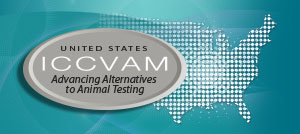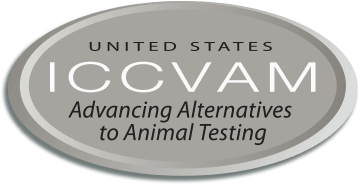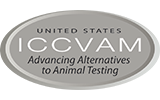Expansion of Pathway Coverage by Tox21 HTS Assays for Better Prediction of Adverse Drug Effects
To date, Tox21 HTS assays have focused primarily on selected nuclear receptor and stress response pathways. This relatively limited focus suggests that activity in other toxicity pathways has not been adequately assessed; it is likely that some unexplored pathways relate to unanticipated adverse drug effects. Therefore, expanding the coverage of biological responses by adding assays that probe under-represented pathways in the current Tox21 assay portfolio may improve the predictivity of Tox21 data. Scientists at FDA, NIEHS, and NCATS are systematically identifying these under-represented pathways in a data-driven approach and nominating assays for development and Tox21 chemical screening. The data generated will be used to build models for human toxicity prediction, focusing on common adverse drug effects such as drug-induced liver injury and cardiotoxicity. The initial survey identified targets and pathways of interest, including cytochrome P450 metabolic enzymes and G protein-coupled receptors. HTS assays were optimized and validated for the proposed new targets and pathways, and these assays will be used to screen the Tox21 10K chemical library in 2022. Models are being built that could use HTS assay data to predict human toxicity. Predictions from the models will be validated in relevant assays. A paper describing the project and the prediction models will be prepared in late 2022.



